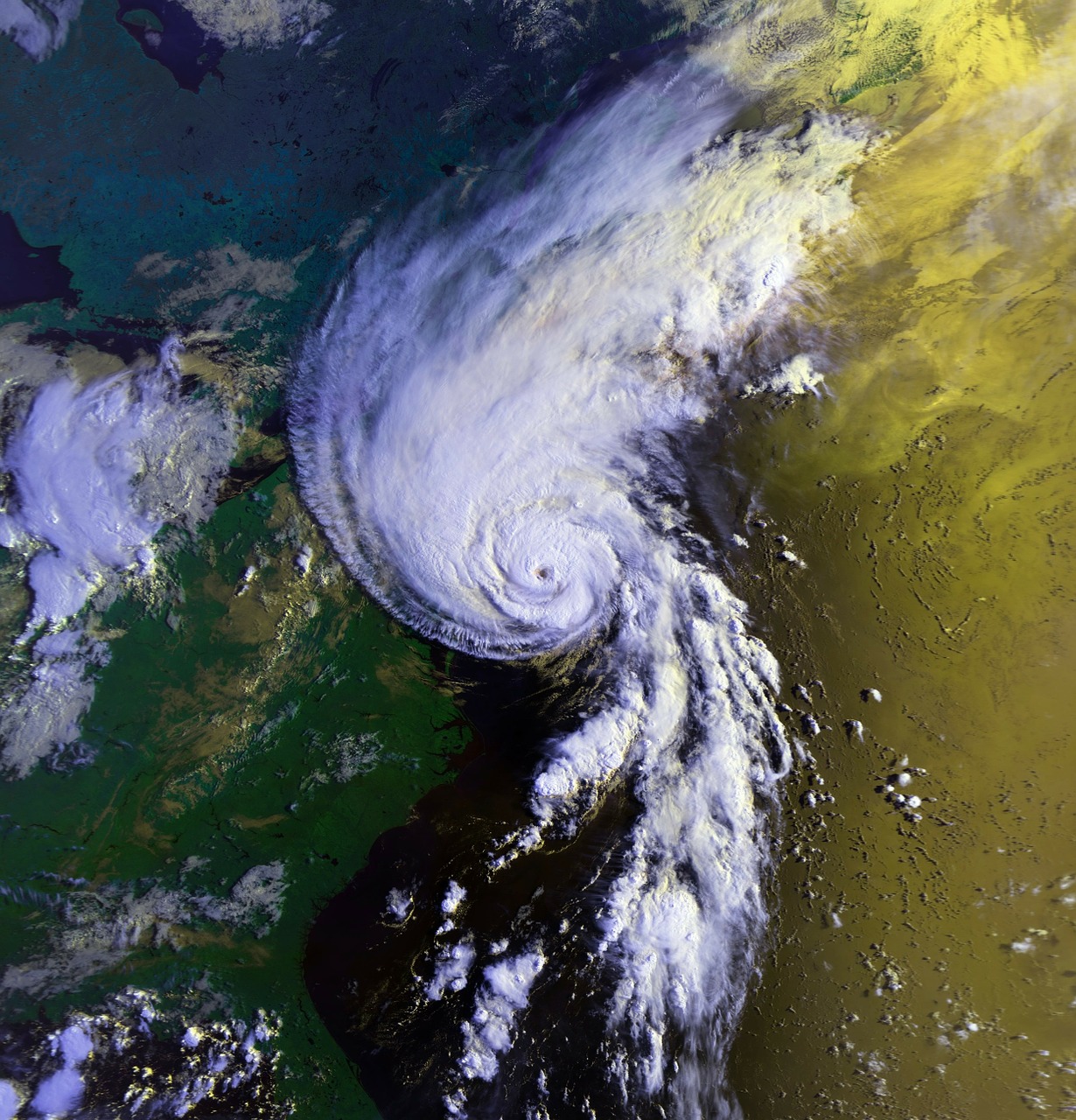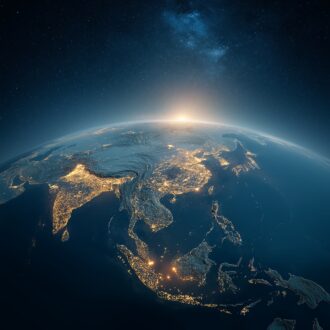Terrible waves have crashed down on the earth’s firmament throughout the ages, but the first detailed description, with an attempt at scientific justification, of this catastrophe was given by the great Spanish historian and geographer, member of the Jesuit order, Jose de Acosta (1539-1600). Just before his departure for Spain in 1586, fate provided him with the opportunity to observe the wave-ubiquitous in Peru. It was a terrible spectacle when, after a great earthquake, a 25-meter-high water wall hit the capital city of Lima. It tore 10 kilometers into the interior of the land, causing hundreds of times more damage than the most brutal invaders would have done.
Krakatoa volcano eruption
The tsunami caused by the eruption of Krakatoa Volcano in 1883 was truly monstrous. The name at the time was not that of an active volcano on Rakita Island, but of an island of a respectable size, located in the Sunda Strait between Sumatra and Java.
The volcano on this island began erupting in May 1883. It lasted until the end of August, with successive violent eruptions of magma and gas from the bowels of the earth. Logically, over time, the intensity and strength of the emissions should have weakened. But in this case, events began to develop according to a different scenario.
The volcano became more and more heated, lapsing gradually into uncontrollable ecstasy. Finally, on the cloudy and gloomy morning of August 27 there was an explosion of terrible force. A huge column of ash shot through the air, reaching an astounding 30 kilometers into the air. After that, apparently having exhausted all its magmatic energy, the volcano collapsed. One could breathe easy, but it was the calm before the storm.
The thing is that under the volcano there was a void of huge volume and area, as all the bedrock was thrown into the atmosphere. Everything would have been fine, but this unfilled space was well below the level of the world’s oceans. Uncountable tons of water began to press upon the thin walls left unsupported. Compounding the problem was the island’s terrestrial solidity, which was now simply hanging in the air.
The climax came on the next August day. The walls of the volcano’s empty underground chamber could not withstand the terrible stresses. Cracks ran along the surface of the island: the stony rocks crumbled down. The sea water rushed with a roar into the openings, widening the opening.
In effect, an open wound was created in the earth’s crust. The red-hot magma deep below came into contact with the cold liquid medium. The result was a terrible explosion that sent a shock wave 300 kilometers away, breaking trees on islands, tearing down the roofs of houses, crippling animals and people. The rumble of the explosion was heard at a distance of 4,000 kilometers.
Even more frightening than the shockwave was the huge tsunami, which reached a height of 30 meters. It struck the shores of Indonesia with fury, and the coastline of Southeast Asia experienced its power. The killer wave reached the west coast of Australia, struck the shores of Ceylon and the east coast of the Indian subcontinent with a roar. Its echoes recognized the island of Madagascar and the entire east coast of Africa.
Because of the wave-killer killed 48 thousand people. Huge coastal areas were disfigured beyond recognition. Tens of thousands of people were left homeless. The tragedy of Krakatoa Island wrote another bloody page in the history of world disasters.
Killer Waves in the XX Century
The twentieth century tried to keep up with previous centuries in the number of tsunamis. In November 1952, an earthquake measuring 8.5 on the Richter scale occurred 150 kilometers off the coast of Kamchatka. The result was a disturbance of the aquatic environment. Giant waves up to 20 meters high swept the city of Severo-Kurilsk off the face of the earth. Nearby settlements were also destroyed. By the most conservative estimate 3,000 people died.
The entire second half of the twentieth century Alaska fought off the terrible waves. Altogether there were about ten tsunamis, but the major ones that caused loss of life and destruction numbered three. New Guinea also fell victim to the evil fate. In 1998, a huge wave caused the death of a thousand and a half people.
Killer waves in the 21st century
The beginning of the XXI century the waves-killers celebrated with all mankind. In truth they were 4 years late, but they made up for it with human losses. The tragedy took place at the end of December, 2004. As a result of the strongest earthquake (8,5 measuring on the Richter scale) there was a huge wave, which stroke the shores of Thailand, Sri-Lanka and Myanmar. The number of victims exceeded 200 thousand people.
In 2007 in the Solomon Islands to the east of New Guinea a huge wave reached 12 meters high and destroyed many residential buildings, causing great damage to the people. Forty-eight people met their deaths in this wave.
The terrible tragedies associated with tsunamis are likely to continue until the advances in science and technology come up with effective ways of dealing with them. It is clear that this is a matter of the distant future, nowadays only those who live in the depths of the continents can sleep peacefully, and on the coasts of the oceans do not appear at all or go there not more than once a year.
Taking into account that 85 per cent of the world’s population lives in the coastal areas of the oceans and seas, this problem is very acute for the whole mankind. In this situation we can only hope for concentration, attentiveness and mobility of people, as well as precise and debugged work of warning services.
By the way, in January 2005, when a powerful earthquake occurred in the dangerous vicinity of the Izu Islands (Japan), the alerted population managed to evacuate in time, not a single person was injured. What can I say – the Japanese are once again ahead of the rest of the world.


